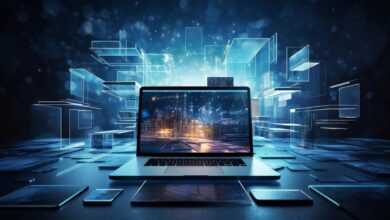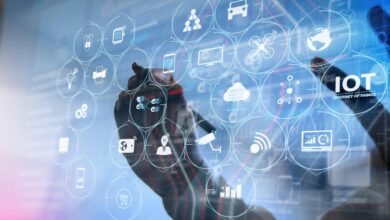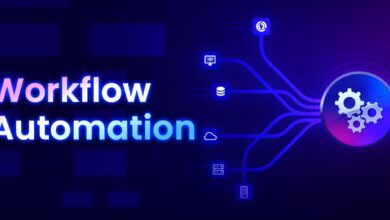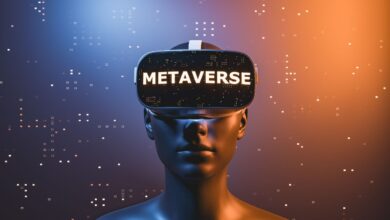Human and Machine: The New Era of Work

The landscape of professional life is undergoing its most radical transformation since the Industrial Revolution. No longer is the narrative focused on humans versus machines; instead, we are witnessing the emergence of a powerful and inevitable partnership: human and machine collaboration.
This synergy, driven primarily by the rapid advancement of Artificial Intelligence (AI), is not merely automating routine tasks, but fundamentally redefining job roles, demanding new skills, and unlocking unprecedented levels of productivity and innovation.
This comprehensive exploration delves into the mechanisms of this collaboration, the necessary societal adjustments, and the incredible opportunities that lie ahead in this digitized, intelligent workplace.
The Shifting Paradigm: From Replacement to Augmentation
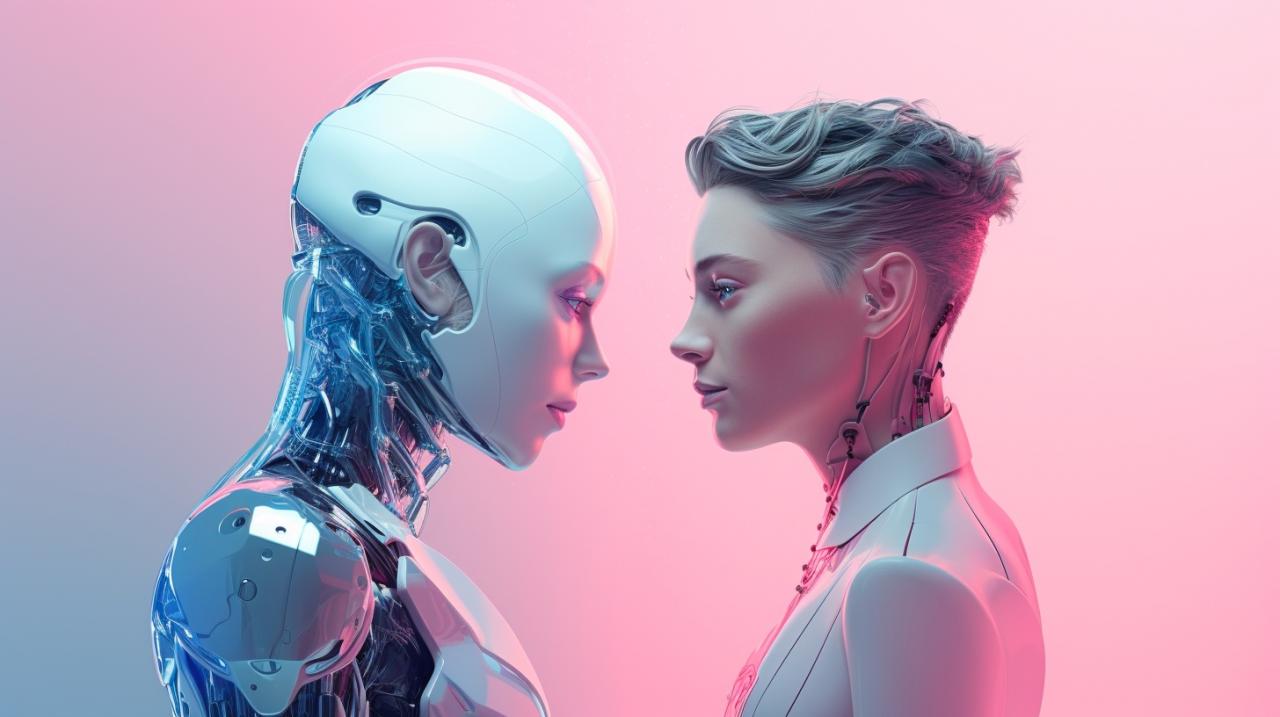
For decades, the fear has been that machines would outright replace human workers. While automation certainly eliminates certain repetitive tasks, the prevailing trend in advanced economies is augmentation—AI and robotics are designed to enhance human capabilities, not just substitute them. This shift is the cornerstone of the future of work.
A. The Core Principle of Augmentation
Augmentation means that the machine handles the complex, data-heavy, or strenuous aspects of a job, freeing the human worker to focus on areas that require creativity, critical thinking, emotional intelligence, and complex problem-solving.
- A. Data Processing: AI can process terabytes of information in seconds, identify patterns, and generate preliminary insights. This replaces hours of tedious manual data review.
- B. Precision and Speed: Robots and specialized AI systems can perform precise physical tasks or rapid calculations that are beyond human capability or speed, such as surgical micro-movements or high-frequency trading.
- C. Risk Mitigation: Machines can operate in environments too dangerous for humans (deep-sea exploration, hazardous waste disposal, extreme temperatures), extending human reach without incurring risk.
B. The Complementary Skillset
The most valuable jobs of the future will reside at the intersection of human and machine strengths. This partnership is highly complementary:
- Human Strengths: Creativity, empathy, strategic planning, ethical judgment, communication, and adaptability to unpredictable situations.
- Machine Strengths: Speed, computational power, object recognition, pattern detection, massive data recall, and unwavering consistency.
By combining the machine’s speed with the human’s strategic foresight, organizations achieve results that neither could accomplish alone. This is not just efficiency; it is a higher form of organizational intelligence.
Redefining Roles Across Industries
The collaboration model is already transforming specific professional fields, giving rise to entirely new job titles and responsibilities.
A. Healthcare: The AI-Assisted Physician
In medicine, AI is becoming the essential co-pilot. It handles the initial diagnostic steps, allowing doctors to focus on patient interaction and complex treatment decisions.
- A. Radiology and Pathology: AI algorithms can scan medical images (X-rays, MRIs, tissue samples) with greater speed and often greater accuracy than a human, flagging anomalies and potential tumors for the doctor’s final review.
- B. Personalized Treatment: AI processes a patient’s unique genetic data, medical history, and lifestyle factors to predict the most effective personalized treatment protocols, assisting oncologists and pharmacists.
- C. Robotic Surgery: Surgeons use robotic arms, guided by their expertise and AI feedback, to perform minimally invasive procedures with unparalleled precision and steadiness.
B. Finance: Automated Analysis and Human Strategy
Financial institutions are integrating AI into almost every level, from customer service to high-level investment strategy.
- A. Compliance and Fraud Detection: Machine learning systems monitor millions of transactions in real-time to spot unusual patterns indicative of fraud or money laundering, alerting human analysts for investigation.
- B. Algorithmic Trading: AI executes trades at speeds impossible for humans, yet human strategists remain essential for designing and adapting the core trading algorithms based on geopolitical and market sentiment factors.
- C. Customer Service: AI-powered chatbots handle routine inquiries, escalating only complex or emotionally charged customer issues to human representatives who can provide empathy and detailed resolution.
C. Creative Fields: Generative AI as a Partner
Even highly creative fields are embracing machine collaboration. Generative AI is becoming a powerful tool for ideation and content creation.
- A. Content Generation: Writers and marketers use AI to generate first drafts, analyze audience tone preferences, or create variations of advertising copy, accelerating the creative process. The human then refines, shapes, and injects the emotional core.
- B. Digital Design: Artists and graphic designers use AI to quickly create visual mood boards, render complex 3D environments, or generate initial concept art, drastically reducing the time spent on preliminary execution.
- C. Music Composition: Musicians use AI as a collaborator to explore new sounds, generate harmonies, or even finish a composition, acting as a tireless digital bandmate.
The Rise of the AI Agent and the New Team Structure
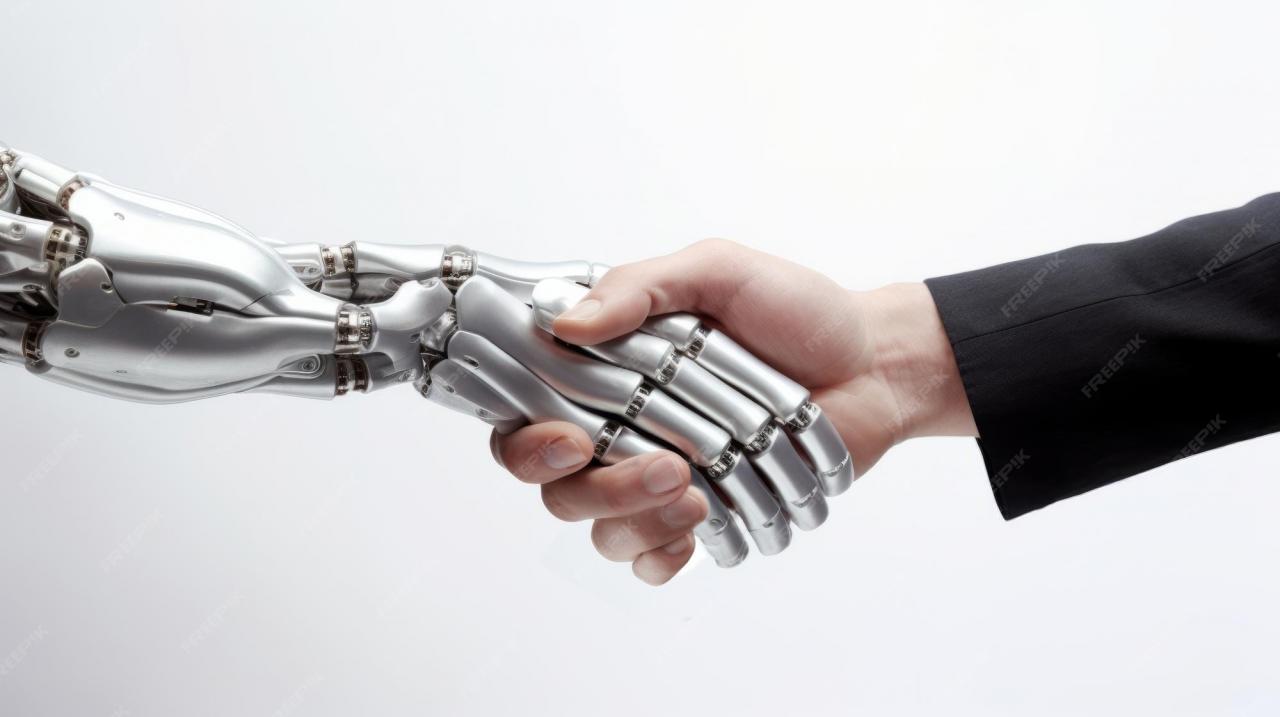
The most significant development is the move beyond simple tools to AI Agents—intelligent software systems capable of executing complex, multi-step tasks autonomously. This necessitates a complete restructuring of the professional team.
A. The Chief Simplifier Officer (CSO) Analogy
Think of the AI Agent as a “Chief Simplifier Officer” for daily operations. It manages complex workflows, coordinates data, and handles numerous small decisions, freeing human employees from administrative burden.
- A. Project Management: An AI agent could monitor project deadlines, automatically reallocate resources based on delays, and schedule meetings while considering everyone’s optimal focus time.
- B. Knowledge Management: Agents can continuously ingest all company documents, meeting transcripts, and external news, providing immediate, context-aware summaries and insights to any employee who asks.
- C. Supply Chain Orchestration: Agents can monitor global shipping routes, predict supply shortages, and automatically switch suppliers or reroute logistics without human intervention, maintaining seamless operations.
B. The Human-Agent Team Model
Future teams will consist not just of people, but of people and their specialized AI Agents.
- A. The Prompt Engineer: This role is focused on designing the optimal instructions (prompts) and ethical constraints for AI Agents, ensuring the machine’s output aligns perfectly with human strategic goals.
- B. The AI Ethicist and Auditor: Teams will require individuals who monitor the machine’s performance for bias, fairness, and compliance, ensuring that AI-driven decisions are transparent and equitable.
- C. The Collaborative Designer: This professional focuses on designing the interface and interaction models between humans and machines, ensuring the tools are intuitive and the collaboration is seamless and productive.
The Great Skills Reset: Preparing the Workforce
For individuals and societies to thrive in this new era, a dramatic shift in educational and professional training priorities is essential. The value of human capital is moving away from routine knowledge and toward essential cognitive and social skills.
A. Prioritizing Soft and “Human-Centric” Skills
Since machines handle data and speed, the future of work places a premium on unique human capabilities.
- A. Critical Thinking and Problem Solving: The ability to evaluate the machine’s output, ask the right questions, and solve novel, ill-defined problems that the AI has never encountered.
- B. Creativity and Innovation: Generating truly original ideas, connecting disparate concepts, and envisioning future possibilities—tasks that require human intuition and imagination.
- C. Emotional Intelligence and Empathy: Essential for leadership, team management, customer relations, and negotiation, especially as human interactions become higher-stakes when routine tasks are automated.
- D. Resilience and Flexibility: The ability to adapt quickly to new tools, new workflows, and continually changing job definitions. This requires a lifelong learning mindset.
B. The Imperative of Digital Literacy and AI Fluency
Every professional, regardless of industry, must possess a degree of AI fluency—the understanding of how AI works, its capabilities, and its limitations.
- A. Basic Algorithmic Understanding: Knowing how to interact with an AI tool effectively, understanding the concept of a training data set, and recognizing potential algorithmic bias.
- B. Data Stewardship: The ability to responsibly manage, clean, and interpret the data streams that fuel machine learning systems, ensuring data quality and integrity.
- C. Continuous Upskilling: Education systems must shift from teaching fixed knowledge to fostering a culture of continuous learning, preparing the workforce for five or more career transformations over a lifetime.
Societal and Ethical Challenges of Machine Collaboration
The integration of machines into the professional fabric of society presents deep challenges related to equity, power, and human dignity.
A. The Challenge of Bias and Fairness
AI systems are only as unbiased as the data they are trained on. If historical data reflects existing societal biases (e.g., gender, race, socio-economic status), the AI will inevitably perpetuate and even amplify those biases, leading to unfair decisions in hiring, lending, or even legal contexts.
- A. Algorithmic Transparency: The need for “explainable AI” (XAI), where the steps and reasons behind an AI’s decision are clear and understandable to human auditors.
- B. Diversity in AI Development: Ensuring that the teams designing and training AI systems are diverse is a critical step in mitigating embedded bias from the start.
B. Economic Equity and Wealth Distribution
As AI collaboration drives enormous gains in productivity and corporate profits, society must grapple with how this newfound wealth is distributed.
- A. Automation Disparity: The immediate displacement of workers in routine jobs must be addressed through comprehensive retraining programs and robust social safety nets.
- B. Taxation of Automation: Policy discussions are ongoing regarding how to tax the productivity gains from automation (perhaps a “robot tax” or revised corporate tax structures) to fund public services and worker retraining.
- C. Universal Basic Income/Services (UBI/UBS): As the nature of employment changes, foundational support mechanisms may become necessary to ensure economic stability for citizens whose traditional work has been taken over by highly efficient machine partners.
C. The Psychological Impact on Human Workers
Working alongside intelligent machines changes the nature of human labor itself, affecting motivation and mental health.
- A. Loss of Autonomy: If an AI makes most of the minute-to-minute decisions, the human worker might feel a loss of control, reducing job satisfaction and engagement.
- B. Monitoring and Surveillance: The same AI tools used for collaboration can also be used for hyper-efficient worker monitoring, leading to increased stress and a lack of privacy in the digital workplace.
- C. Defining Human Value: As machines handle more tasks, individuals may struggle with a profound, philosophical question: where does my unique value lie, and what is my purpose in this collaborative system?
Conclusion
The future of jobs is undeniably a future of machine collaboration. This is an evolutionary step that offers humanity the incredible promise of eliminating drudgery and focusing our collective energy on creativity, innovation, and solving the planet’s most complex challenges, from climate change to disease.
The machine partnership will elevate human potential, but it is not a preordained utopia; it is a future we must consciously design.
The core realization is that the machine is a powerful engine, but the human must be the driver, the navigator, and the ethical compass.
This requires a fundamental societal commitment to investing in human capital, shifting our educational focus from rote memorization to essential, future-proof skills like empathy, creativity, and critical judgment.
Governments and corporations must work together to craft sophisticated governance models that ensure AI systems are transparent, fair, and accountable, preventing the perpetuation of bias and the concentration of power.
The transition will be disruptive, causing short-term displacement and requiring massive societal effort in retraining and re-skilling. However, for those who embrace AI fluency and are prepared to partner with their mechanical and digital colleagues, the opportunities are boundless.
The collaborative workplace will be more productive, more innovative, and, ironically, more focused on uniquely human attributes than ever before. We are entering an era where the definition of a successful professional is not someone who works harder, but someone who collaborates smarter with their AI partner.
Our task now is to ensure this transformative partnership results in a more equitable and flourishing society for everyone.

